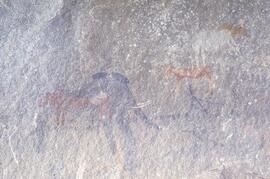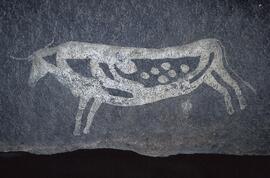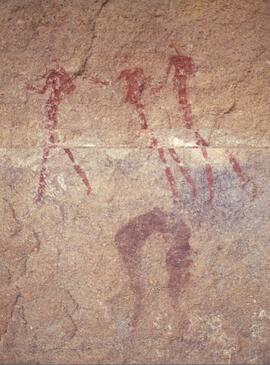Elements area
Taxonomy
Code
Scope note(s)
Source note(s)
Display note(s)
Hierarchical terms
Sterkstroom
BT Eastern Cape
Sterkstroom
- NT Annan Water I
- NT Dordrecht and Sterksroom
- NT Dordrecht and Sterkstroom
- NT Hans Donsies Kraal I 182
- NT Hans Donsies Kraal II 182
- NT Hans Donsies Kraal III 182
- NT Hex Rivier I
- NT Hex Rivier II
- NT Hex Rivier III
- NT Hex Rivier IV
- NT Ketters Hoek I 41
- NT Moordenaarshoek I 22
- NT Putters Kraal I 30
- NT Sterkstroom and Dordrecht









